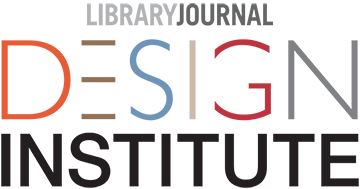North Charleston's New Dorchester County Library Celebrates Ribbon Cutting
Mez Joseph
We are honored to have been part of the team for the new Dorchester County Library & Media Center in North Charleston. We were excited to attend the Ribbon Cutting ceremony last week, and the event was a huge success. Congratulations to Dorchester County Library, Dorchester County Government, Dorchester County School District, our amazing team and partners at Edifice, the City of North Charleston, and the greater community!
Comment
categories
Architecture,
Celebration,
Community,
Construction,
Grand Opening,
Elevation,
History,
Learning Environments,
Library,
Local,
News,
Regional,
Ribbon Cutting
tags DorchesterCountyLibrary, DorchesterCounty, NorthCharleston, NorthCharlestonSC, CityofNorthCharleston, DorchesterCountyGovernment, Edifice, Library, ribboncutting, celebration, community
tags DorchesterCountyLibrary, DorchesterCounty, NorthCharleston, NorthCharlestonSC, CityofNorthCharleston, DorchesterCountyGovernment, Edifice, Library, ribboncutting, celebration, community



















